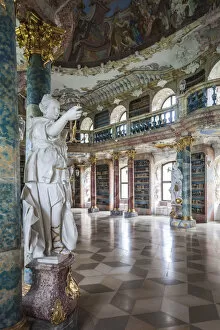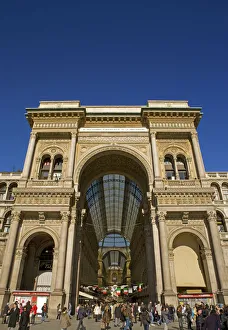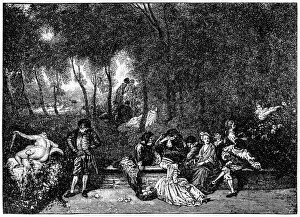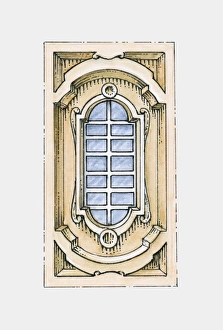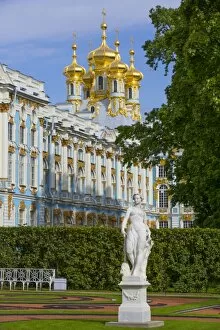Rococo Style Collection
The Rococo style, characterized by its ornate and playful nature, flourished in the 18th century across Europe
All Professionally Made to Order for Quick Shipping
The Rococo style, characterized by its ornate and playful nature, flourished in the 18th century across Europe. From grand palaces to intimate boudoirs, this artistic movement left a lasting impact on architecture and art. In England's Lost Houses, Giles Worsley captures the essence of Rococo with a captivating photograph of the Rococo boudoir chimneypiece at Castle Hill in Devon. The intricate details and delicate curves showcase the elegance that defined this period. Moving to Germany, Kloster Wiblingen Abbey stands as a testament to Rococo's influence on religious architecture. Its lavish decorations and opulent interiors transport visitors back to an era of extravagance. Venturing south to Portugal, we find The Church of the Divine Saviour in Alvor. Its façade adorned with elaborate stonework reflects the fusion between Baroque and Rococo styles prevalent in Southern Europe during that time. Art also played a significant role in expressing the spirit of Rococo. Filippo Falciatore's "Birth of Pegasus" captivates viewers with its whimsical depiction of mythological creatures amidst lush landscapes. Gaspar van Wittel's painting provides us with another glimpse into this enchanting era - Venice comes alive through his brushstrokes as he depicts Giudecca Island against a backdrop dominated by stunning architectural marvels. Catherine Palace in Russia showcases how even imperial residences embraced Rococo aesthetics. The domes adorning this magnificent palace are reminiscent of confectionery delights, adding charm and grace to its already impressive structure. Italy boasts numerous exquisite rocaille ornamentation; one such gem is St Mark Evangelist within Bergamo's Colleoni Chapel. This masterpiece transports worshippers into an ethereal realm where beauty meets spirituality seamlessly. Adjacent to it lies St John Baptist preaching to crowd – another remarkable fresco from Colleoni Chapel showcasing vibrant colors and dynamic compositions typical for the Rococo period.

